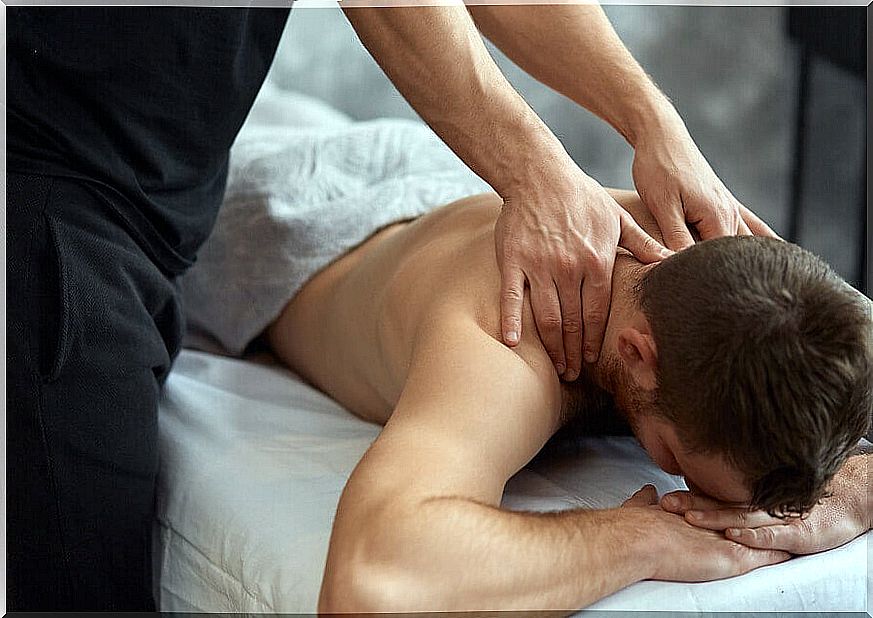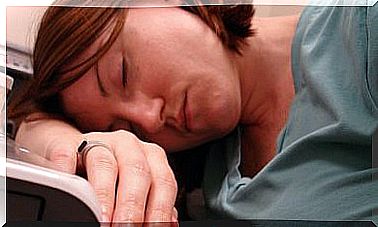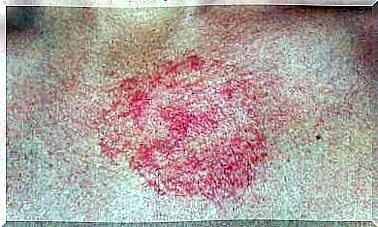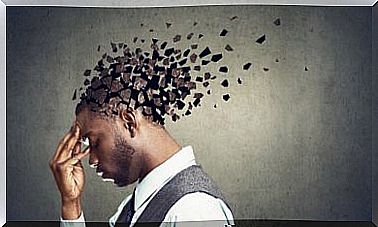Find Out How To Treat A Cervical Contracture
A cervical contracture is a stiff neck that causes pain. This area is very delicate due to the ligaments and muscles that participate in the firmness and movement of the head. Muscles range from the head and cervical spine to the clavicle, chest, and other structures. In total, there are 20 muscles that allow movement.
When a cervical contracture occurs, the blood vessels that supply blood are compressed; consequently, the sprain or contracture worsens. Often times The muscles most affected are the trapezius and the levator scapulae.
Fortunately, it is rarely caused by a serious health problem and can be improved by exercise, massage, and other non-invasive treatments. What are the best options? When to consult the doctor? In the following space we detail everything about it.
Symptoms of a cervical contracture
It is not difficult to diagnose a cervical contracture, since one of the symptoms is intense pain in the neck area. In some situations it is prolonged and in others it occurs sporadically. Other clinical manifestations may be the following:
- Inflammation.
- Intense stitches.
- Tingling sensation.
- Presence of heat in the area.
- Muscle pain
- Moving the neck requires moving the trunk as well due to stiffness.

In most cases, cervical contracture does not cause serious problems. However, it is important to treat the discomfort in time to prevent the pain from getting worse. The doctor may suggest certain tests in case of suspecting a more careful injury. These tests can be the following:
- X-rays.
- Blood test.
- Electromyography (EMG).
- Magnetic resonance imaging (MRI).
- Computed tomography (CT).
Causes of cervical contractures
Cervical contractures do not have a single cause. Nor do they occur only in a certain population. Since it is a very common muscle trauma, there are certain factors that increase the risk of suffering from it. The most frequent include those discussed below:
- Work overload.
- Weakness in the muscles
- Repetitive use of muscles.
- Constant exposure to stressful situations.
- Forced postures (for the neck) held for long periods of time.
How to treat a cervical contracture?
As long as the cervical contracture is not caused by a serious injury or illness, its symptoms can be alleviated with some self-care measures. If the pain is severe and does not improve soon, it is best to seek medical attention. Here is what can contribute to your relief.
Over-the-counter pain relievers
One of the first recommendations to relieve pain caused by a cervical contracture is to take an over-the-counter pain reliever such as aspirin, ibuprofen, naproxen sodium, or acetaminophen.
However, as detailed in an article published in the National Center for Biotechnology Information , taking these medications should be moderate, for a few days. In case of having any previous illness, or being under medical treatment, it is best to consult a doctor before ingesting them.

Cold compresses
The application of cold compresses contributes to the treatment of neck pain for several reasons. First, they help to numb the affected area, providing a feeling of temporary relief. On the other hand, as detailed in an article published in the University of Rochester Medical Center Rochester, NY , they reduce inflammation.
It is important to apply the cold as a compress, since ice alone can be aggressive for the skin. In case of cervical contracture, it is put on the affected area for 10 minutes. If the pain persists, the remedy is repeated 2 or 3 more times.
Heat therapy
According to the article mentioned in the previous section, heat can also be useful in case of pain. S u application in compresses stimulates circulation, reduces stiffness and calms pain. However, this option should not be used within the first 48 hours after an injury.
Massage
A massage applied by a physical therapist or professional masseuse can contribute to the relief of this ailment. A study published in the Journal of Manipulative and Physiological Therapeutics found that even short massage treatments help soothe neck pain.

Moderate exercise
For problems such as cervical contracture, the doctor may suggest sessions with the physical therapist to help regain range of motion. While a little rest is calming, too much can be detrimental. Therefore, total inactivity is not recommended.
Gentle stretching, moderate exercise, and activities that do not involve too much effort are ideal to maintain movement while relieving this condition.
When to consult the doctor?
It should not be ignored that cervical contractures may require medical attention. If symptoms worsen or persist for several days, it is best to see a professional. Likewise, it is convenient to check if:
- Pain is the result of a fall or injury.
- In addition to pain, there is numbness in the back, limbs, or other parts of the body.
- There is difficulty moving the limbs.
- Bladder or bowel control is lost.
- High fever occurs.
In all these cases, the treatment can vary according to the underlying cause. Additional tests are likely to be required, as well as medications or other therapeutic options to those already mentioned.









